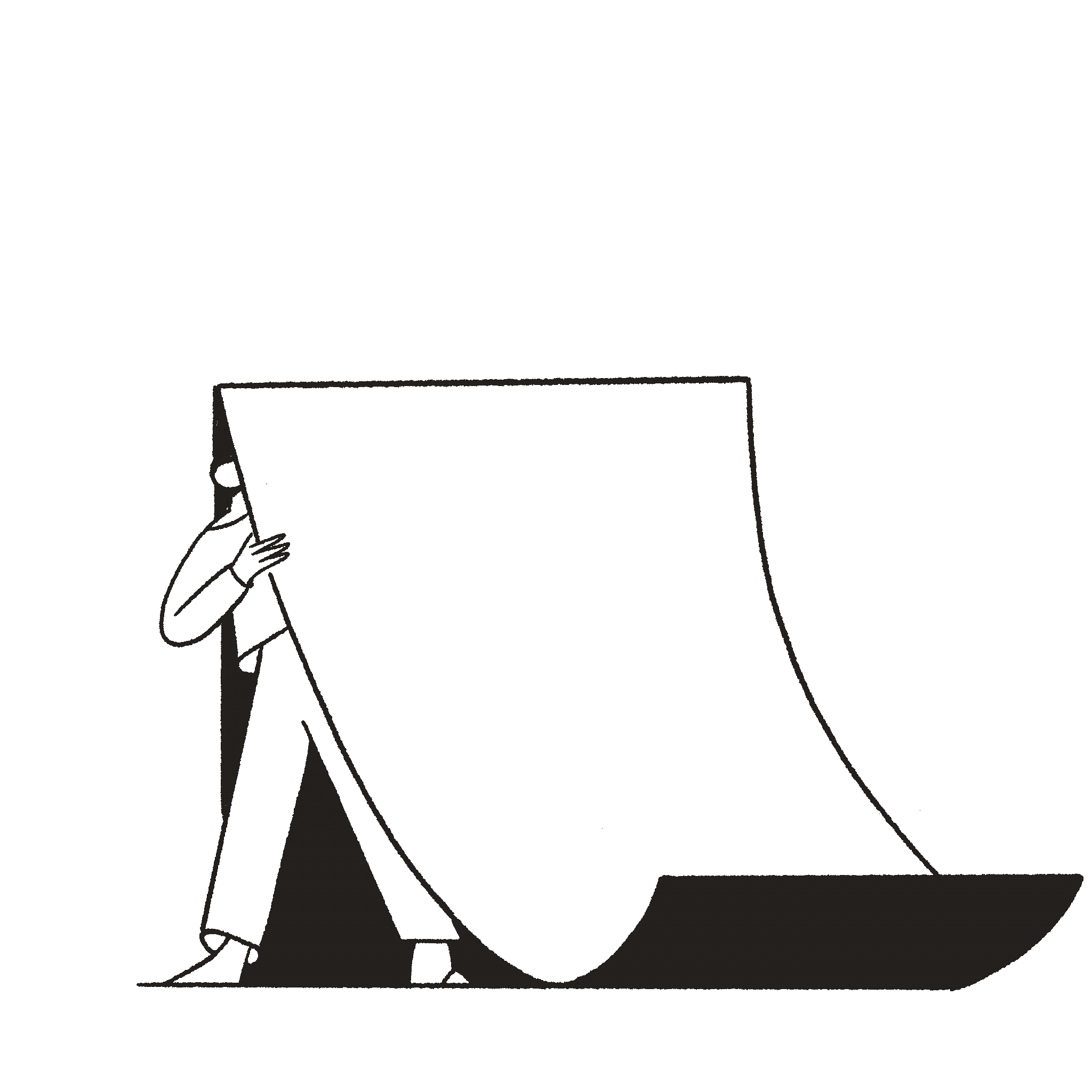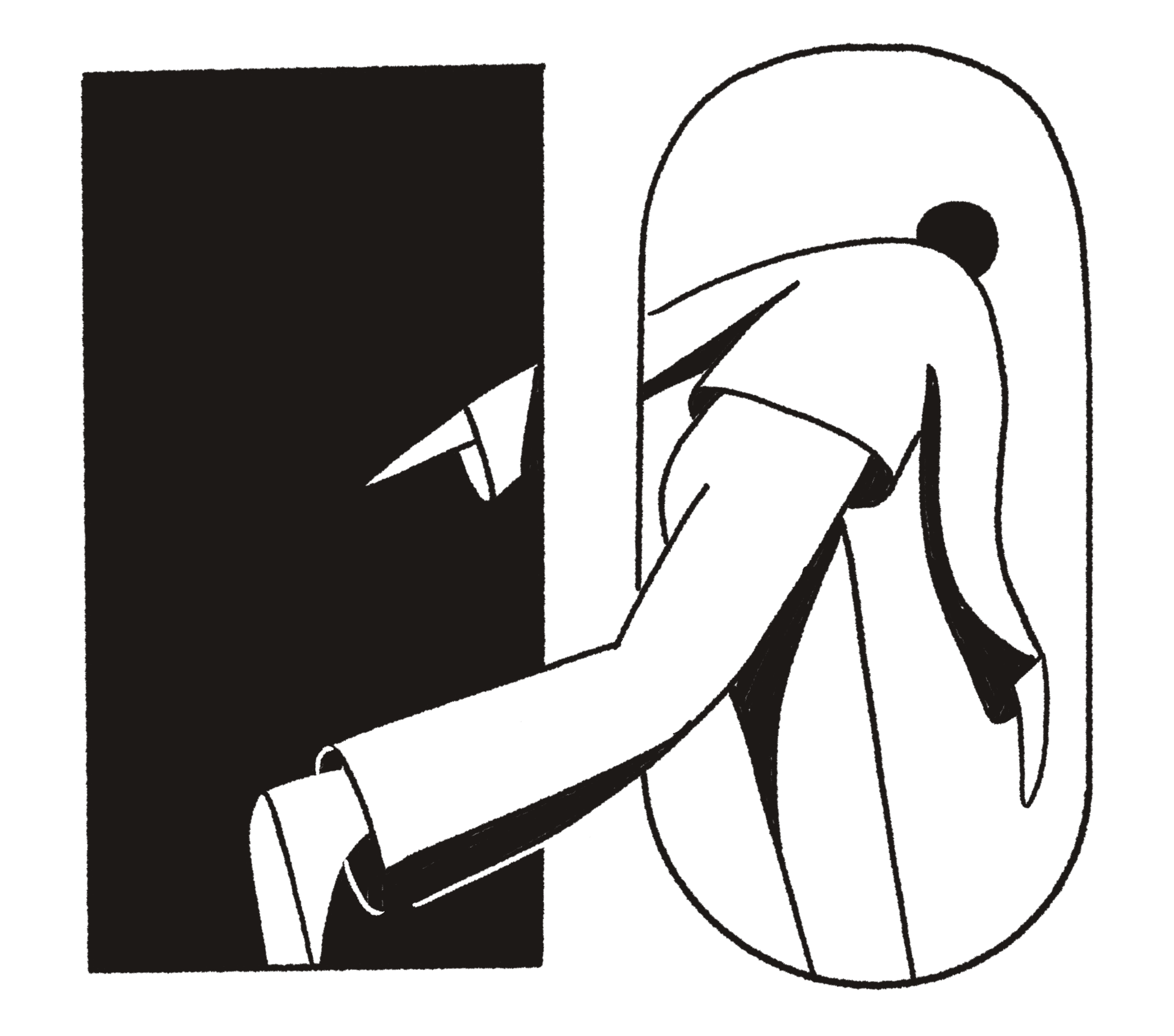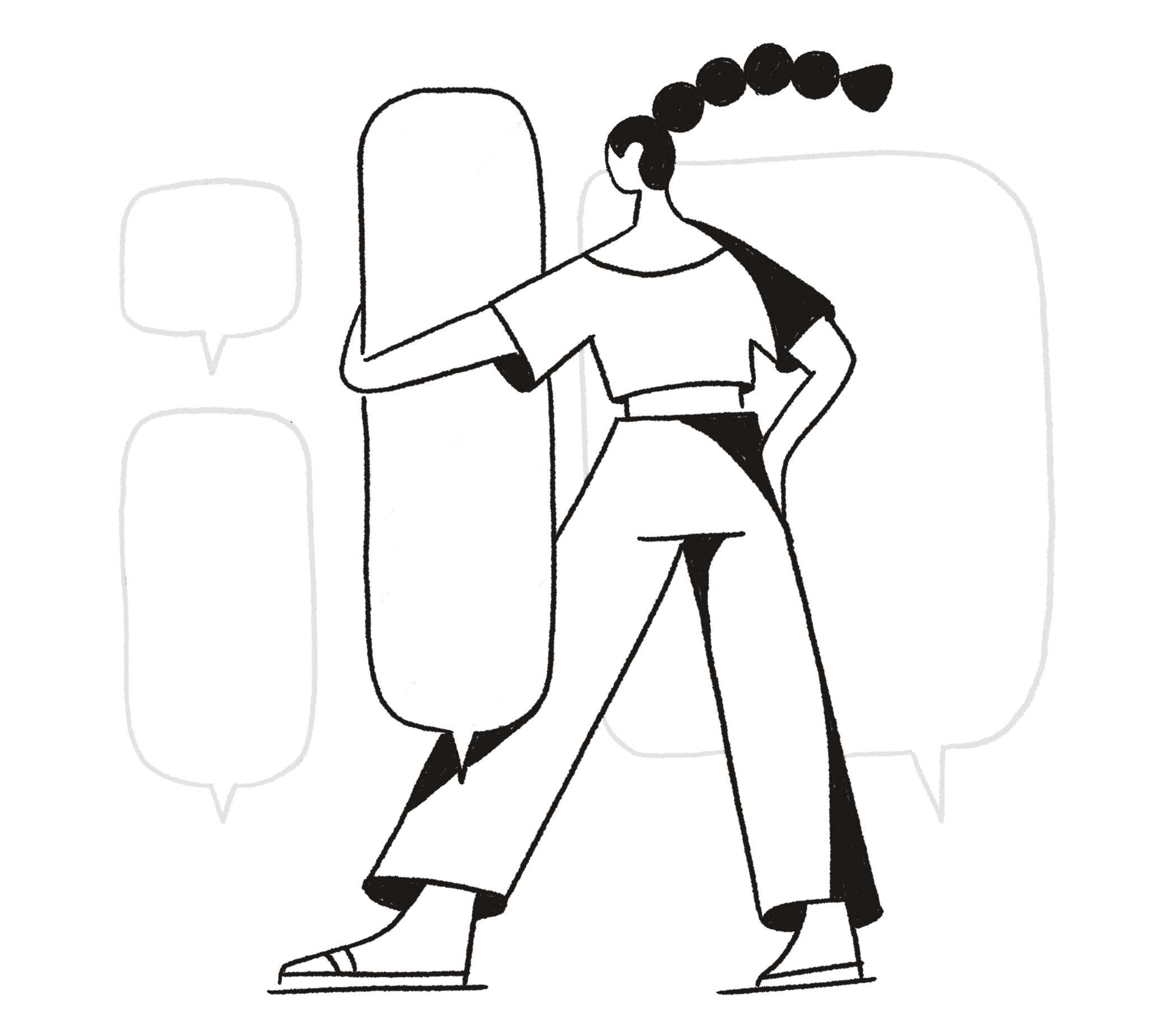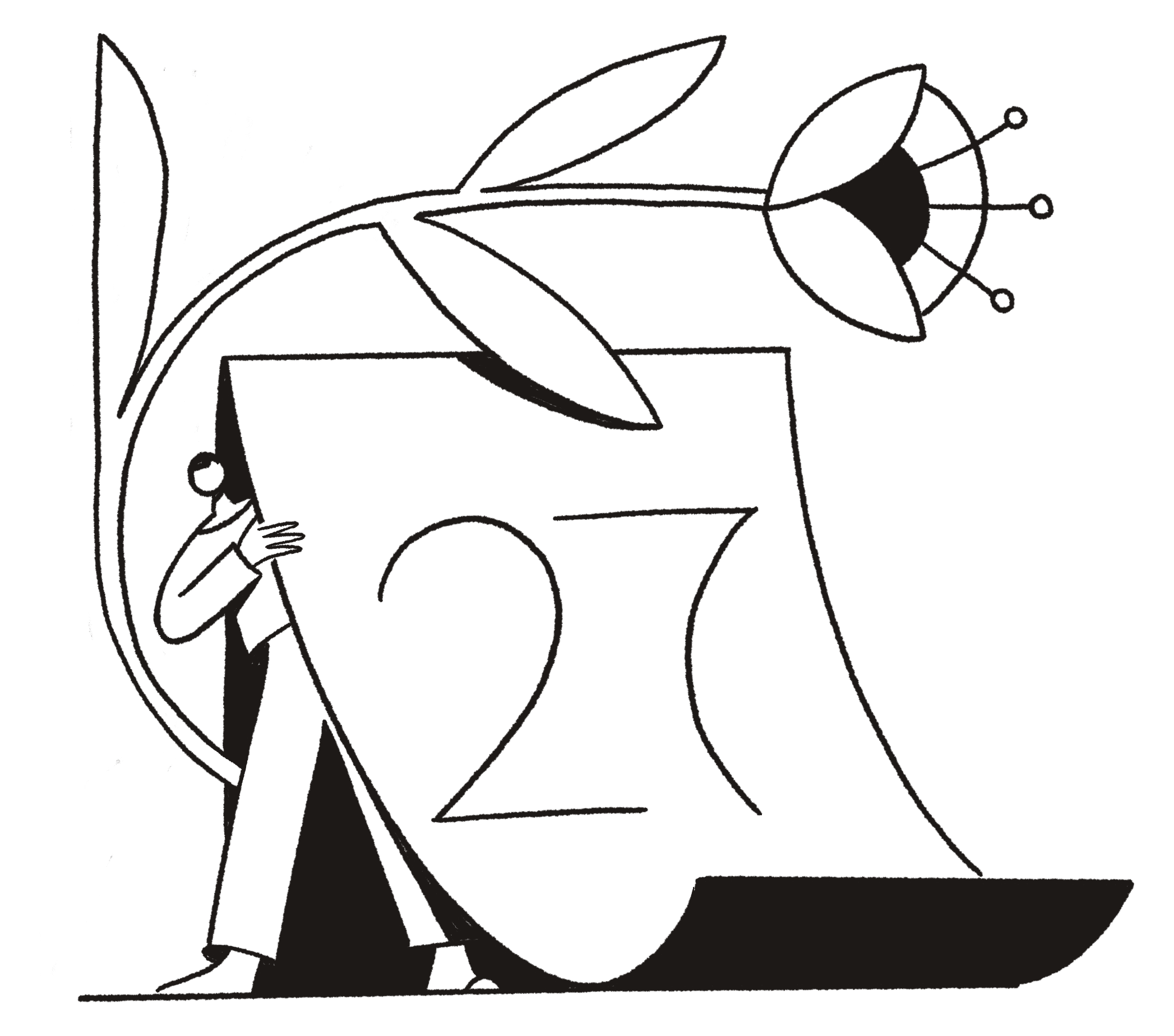
We’re entering a new era of work — one that for many people will be characterised by a mixture of remote- and in-office working. Modem joined forces with UC Berkeley Innovation to design a series of digital interventions addressing some of the urgent challenges arising from this new way of working. New Office Rituals aims to inspire more social, healthy and productive workplaces in our new hybrid reality.
It’s becoming increasingly clear that, for many people, the future of work will be a combination of in-office meetings and tasks completed remotely – whether from kitchen tables, café benches or, indeed, beach resorts.
Remote working, once distrusted by many companies, proved its worth during the Covid-19 pandemic. Even with toddlers screaming in the background of Zoom calls and patchy piecemeal technology, this model yielded positive results. According to software company Buffer’s 2021 State of Remote Work report, 97.6% of those surveyed would like to work remotely at least some of the time for the rest of their career. Meanwhile a recent McKinsey report stated that, in industries such as finance and insurance, management, and IT and telecommunications, “much of the workforce could work remotely three to five days a week as effectively as they could if working from an office.”
Experts seem to generally agree that, looking ahead, some amalgam of remote- and office-working is ideal. As professors Martine Haas and Mark Mortensen wrote in the Harvard Business Review: “What comes next is neither the death of the office nor a return to the way things were. Instead, our new reality will be hybridity”.
But, if companies do settle for a combination, what balance should they strike?

Best of both worlds
The appeal of a hybrid model is easily understood. Employees can toggle between working remotely and from the office; some might work solely from the office, others solely from their living room.
It’s a flexible, adaptable set-up that, in theory, provides the best of both worlds. Employees can avoid time-draining commutes and have the flexibility to “build their careers around their lives, not vice versa,” as Darren Murph, the Head of Remote at GitLab, tells us. They can work where, and when, it makes most sense for them; days of 9-5 office conference calls feel clunky and prehistoric by comparison. Meanwhile, employers can reduce the size of office spaces to save on costly rents and, if they’re not bound by geography, have a far bigger pool of talent from which to recruit workers.
At the same time, by retaining some office life, colleagues can meet in person to brainstorm ideas and work collaboratively; many of us have found that there’s nothing like throwing around ideas in person, and even engaging in idle chitchat with colleagues is a welcome respite from the potential loneliness and isolation of remote working. Physical offices provide other benefits: as Goldman Sachs and other banks have made clear, onboarding new employees is a far smoother process when done in person. Plus, offices are flagships for many companies, a place that anchors them in a city and puts a face to a name.

Office vs remote work
Going forwards, what makes most sense is for the qualities of each environment – whether remote or office – are emphasised. Employees come into the office for social meetings yet work from home when doing solo tasks. You work in the environment best suited to the task at hand. Dropbox has pounced on this idea: the US tech behemoth has pivoted to a “remote-first” working environment and has announced that none of its employees should do “independent work” at the office.
Given that offices’ attributes as social settings will be played up, their layouts should change. “On a per square foot basis, by far the biggest use [of office space] is factory farm battery housing for people to sit at a desk by themselves and use a laptop and not talk to anyone…. I think that’s the lowest value use,” said Slack CEO Stewart Butterfield in a recent interview. Rather than individuals working quietly from banks of open-plan tables – a once-hyped format that has turned out to be mostly unproductive – there will be breakaway rooms for firing around ideas, and things like canteens and tea rooms will be spruced up. The more spaces that say, “we’re here to share ideas,” the better.
Lynda Gratton, the founder of future-of-work research consultancy HSM, points to Fujitsu as an exemplar for the new era. In the past year, the Japanese IT giant has promoted the idea of the “borderless office.” Rather than employees needing to head to a specific office each day, they are given options. Depending on team specifics, should they wish to work remotely, they can. Yet the company has built a tiered network of physical spaces too. Its “hubs”, located in major cities, are bigger premises designed for employees to host meetings with customers and partners, while its “satellites” are chopped up into individual rooms intended for team meetings. Finally, its “shared offices,” scattered across Japan and usually located near train stations for easy access, are places where employees can spontaneously swing by stop for a spot of quiet work. This “ecosystem” of spaces, as Gratton calls them, cater to workers’ every need.

Hybrid challenges
Yet hybrid models have unique pitfalls. Unlike fully office-based or fully-remote firms, in a hybrid system employees are not on an even playing field. Some are in the office, perhaps working alongside the boss, while others are out of sight. As Haas and Mortensen note, “When working remotely, no one sees the late nights or early mornings or how hard employees are working to deliver on their obligations. Credit for a collective output is likely to be unevenly attributed most to those who are there in the office and more visible.” Hybridity’s real threat, they say, “is to fairness.”
It’s also difficult to establish company culture when employees are scattered – plus, if people don’t regularly catch up in person, “it’s quite likely there may be teamwork issues like political issues and power struggles,” says Stella Pachidi, a lecturer in information systems at the University of Cambridge. These problems exist in all workplaces, but, when people are together physically, it’s easier to nut things out. “Hybrid might make things more challenging,” says Pachidi.

Potential solutions
Thoughtful management will alleviate some of these concerns. Haas and Mortensen suggest that, for a start, managers need to be acutely aware of this imbalance in their colleagues’ visibility, regularly scheduling meetings and one-on-one catch-ups (whether in-person or virtually). “A company can enhance the feeling of belonging by being more transparent with workflows,” adds GitLab’s Murph. “When team members can easily find what others are working on, they naturally feel more included.”
As GitLab and Dropbox are demonstrating, clear guidelines are vital, whether a company is running on a fully-remote or hybrid model. Both organisations have detailed toolkits to emphasise best practices; when these things are not able to be picked up through in-person observation or word of mouth, a thorough document is needed so that everything about the working day is spelled out. GitLab calls this approach “handbook-first.” Laura Ryan, Dropbox’s director of international human resources, put it best recently: “You have to be so much more prescriptive than you would ordinarily be, because of how people are separated from each other.”
An important focus of the guidelines will be how to navigate the logistical hurdles stemming from people working to different schedules and potentially from different time-zones. Companies will be keen to minimise the amount of “synchronous” time in which employees are in meetings, communicating in real time. “Relentless meetings are not only a drain on wellbeing, but they hinder an organization’s ability to innovate when individuals aren’t online at the same time,” says Murph. Dropbox has cordoned off a four-hour time period each day for all meetings – a policy others would do well to follow.

Technology will play an increasingly significant role in ensuring seamless communications between employees. “Zoom fatigue” has been well-reported over the past year, as people tire of endless meetings punctuated by frozen screens and awkward, delayed interactions. As the software consultant John Palmer wrote in a blog post: “Video conference applications and our tools for collaboration have been designed with a pre-pandemic mindset. Today’s software was not intended to host 8 hours of back-to-back calls.”
Whether it’s devising ways to spark spontaneous conversation through digital interactions, or methods to get working-from-home employees outside during the day, design and technology can be used to enhance our new working lives.
The future of the hybrid model is somewhat of a choose-your-own-adventure scenario, with a few constants that companies must bear in mind. Whether working from a café or the office, everyone must be kept in the loop. Lines of communication should be easy and open. And, most importantly, employees should feel like they are working from an environment that best suits the task at hand. If we get it right, it could be pretty great. Welcome to the new world.

